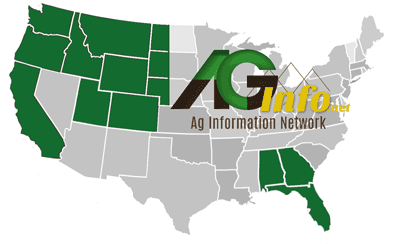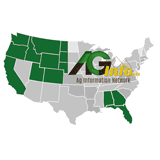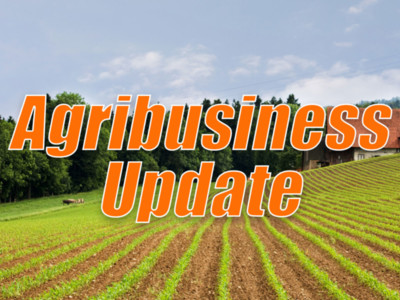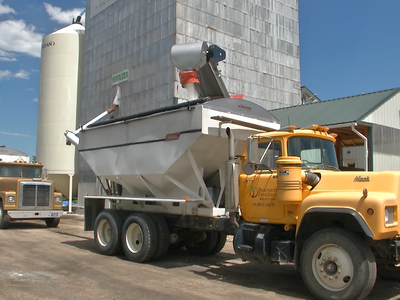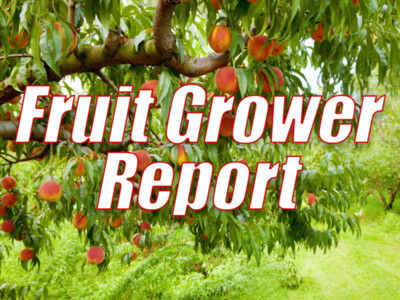Organic Farming School
Shoppers will have more information about where their food comes from under a new policy recently enacted by Congress. Labels on most fresh meats, along with some fruits, vegetables and other foods, will now list where the food originated. In the case of meats, some labels will list where the animal was born, raised and slaughtered. Even more informative, a growing trend across the country is buying foods from producers you can see and talk to. And a growing number of consumers are wanting to be sure there are no pesticide or other non-organic residues on their foods…in other words, organic farming which is growing rapidly in the Gem State.
